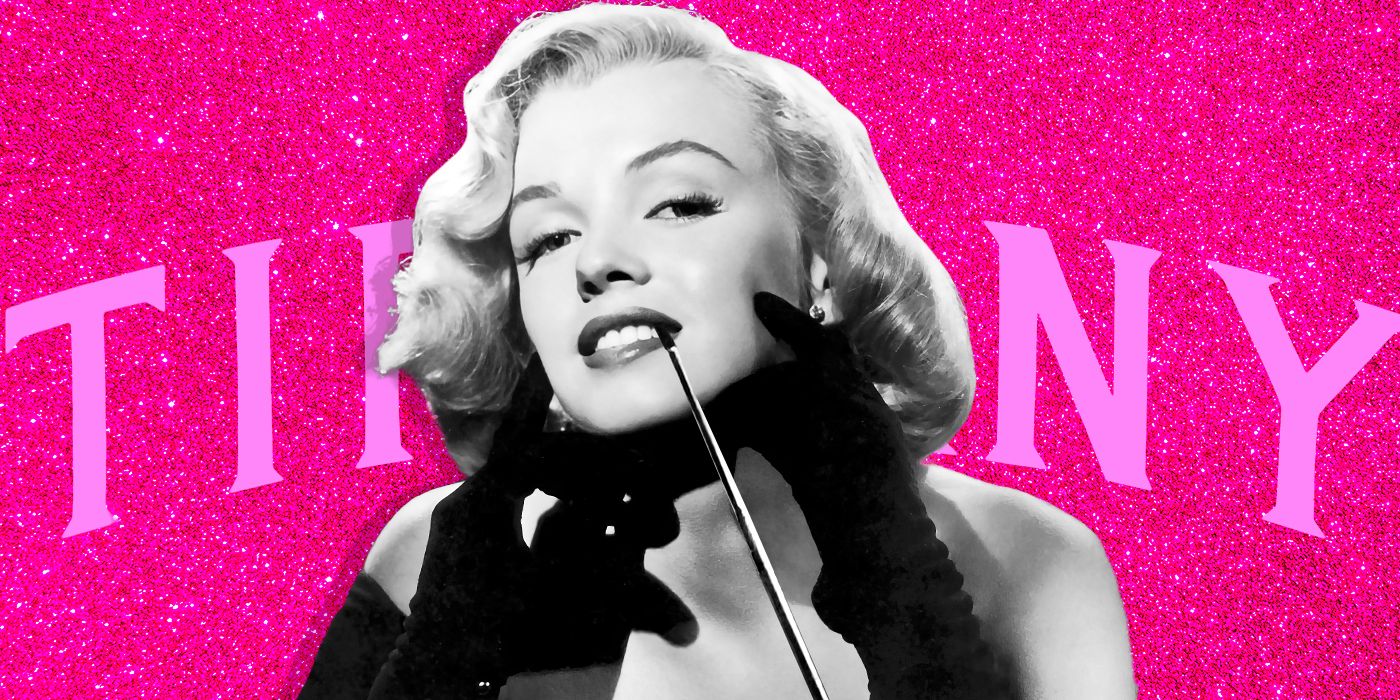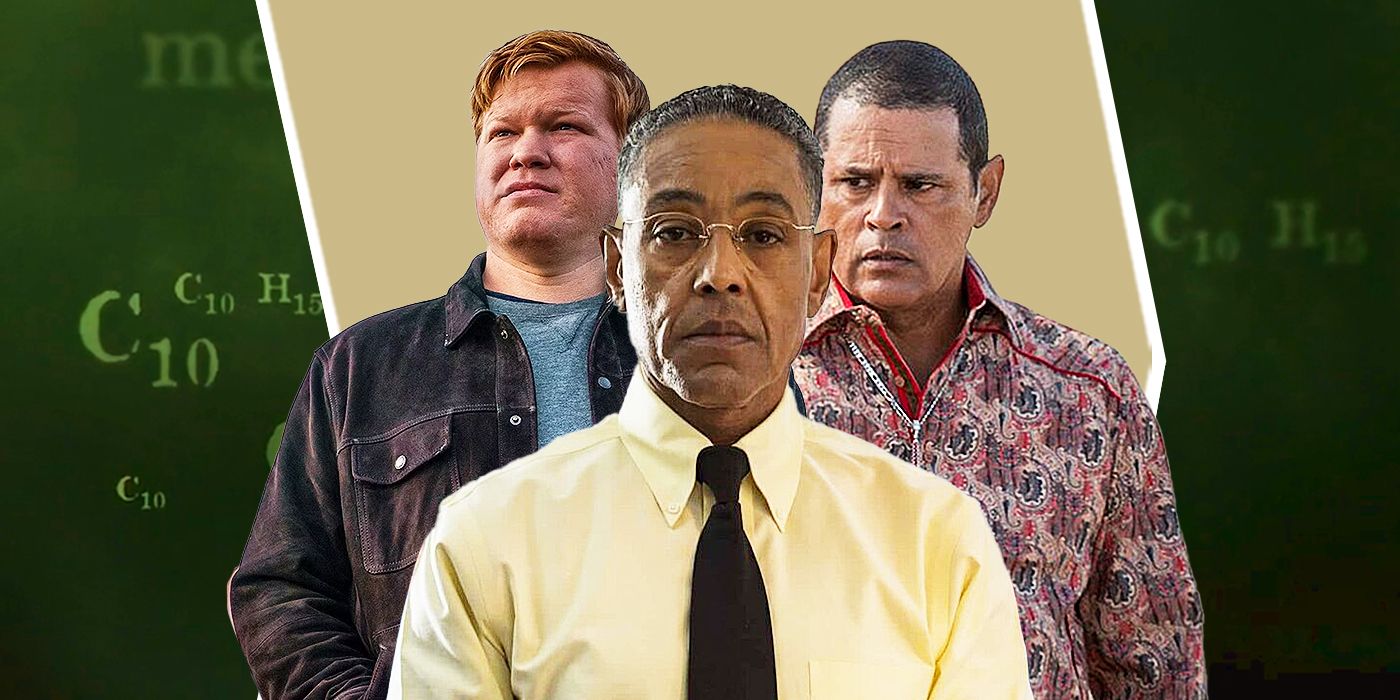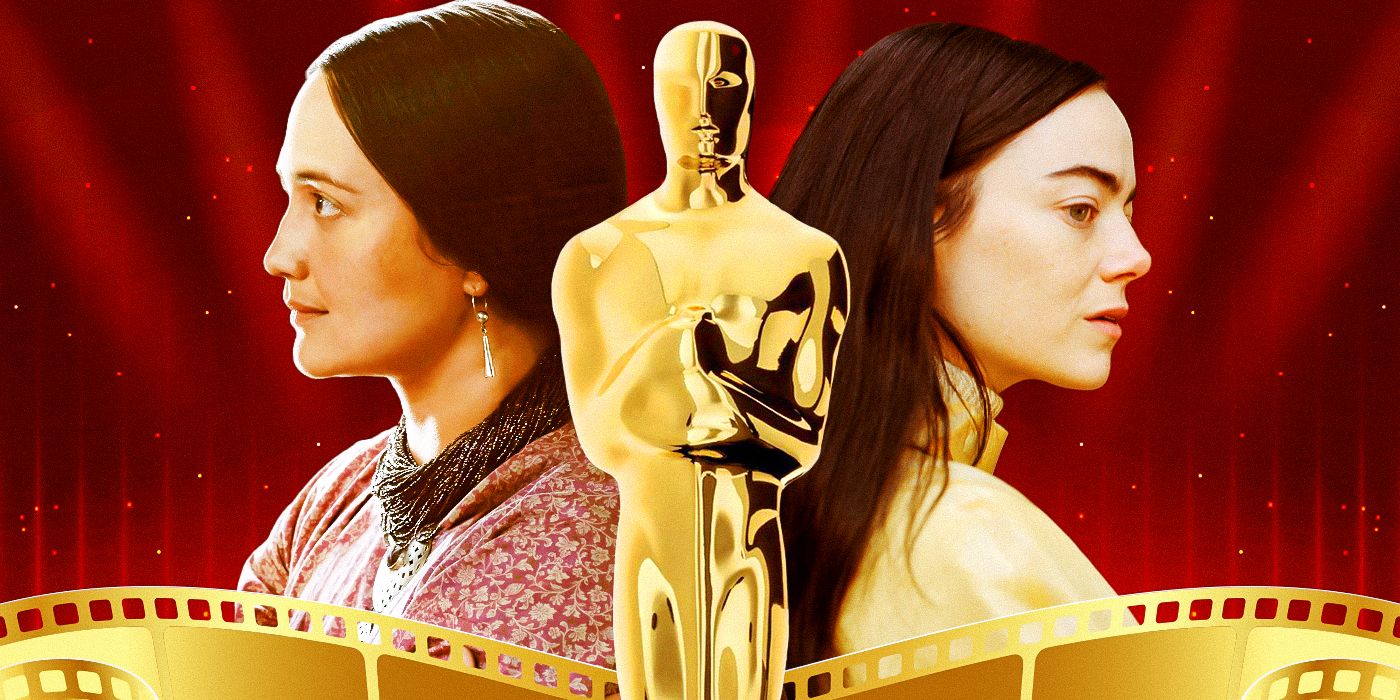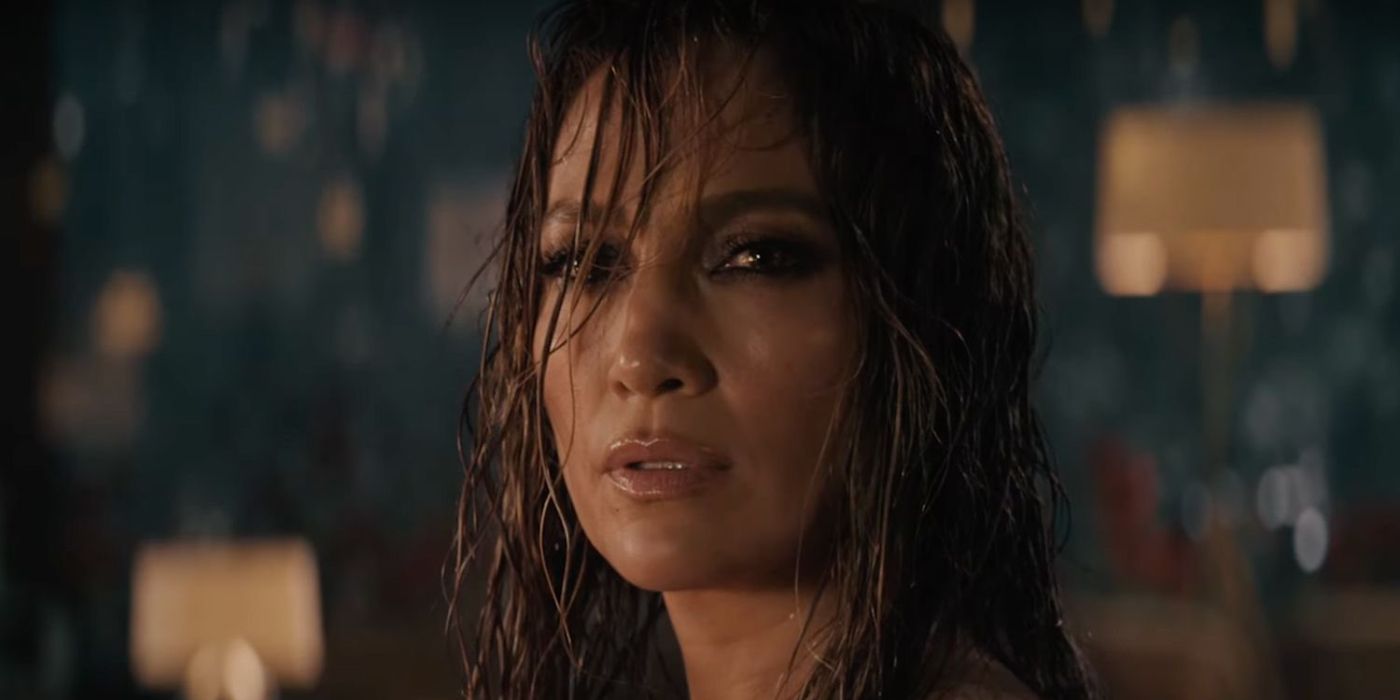The Big Picture
- Marilyn Monroe was the preferred choice of Truman Capote to play Holly Golightly in Breakfast at Tiffany’s.
- Monroe’s own struggles and allure would have aligned perfectly with the complexities of the character.
- Although Monroe would have brought something special and complex to the role, Audrey Hepburn’s portrayal of Holly Golightly became iconic and solidified her Hollywood legend status.
There’s hardly any casting more iconic than Audrey Hepburn as Holly Golightly in Breakfast at Tiffany’s. So much so, that she remains an American icon and is still widely celebrated in pop culture. The story behind Hepburn’s casting, however, is among the greatest what-ifs in Hollywood, as there was another contender with just as much star power in the run to play Holly Golightly: the epitome of mid-century Hollywood allure herself, Marilyn Monroe. This unfulfilled casting choice remains a captivating piece of cinematic history, as there are many parallels between Monroe and Golightly, but, at the same time, it’s just impossible to conceive of anyone other than Hepburn having breakfast at Tiffany’s at 5 am.
Breakfast at Tiffany’s
A young New York socialite becomes interested in a young man who has moved into her apartment building, but her past threatens to get in the way.
- Release Date
- October 6, 1961
- Director
- Blake Edwards
- Cast
- Audrey Hepburn , George Peppard , Patricia Neal , Buddy Ebsen , Martin Balsam , José Luis de Villalonga
- Runtime
- 115
Truman Capote Wrote ‘Breakfast at Tiffany’s’ With Marilyn Monroe in Mind as Holly Golightly
The 1961 movie adaptation of Breakfast at Tiffany’s is one of the best movies of the 20th century, no doubt, but it could’ve been very different if Truman Capote had his way. He wrote the original 1958 novella of the same name upon which the movie by Blake Edwards is based and was very protective of his work. Capote has always been known for his ability to create vivid and multidimensional characters, and Holly Golightly is one of his best ones in this sense, perfectly capturing the contradictions of living a rather decadent version of the American Dream. While the role of Holly ultimately went to Hepburn, it’s known that, per The Guardian, Capote was adamant about having Marilyn Monroe play her in the movie.
By then, Monroe was already pretty well-established as the greatest American icon of her generation, and she was also friends with Capote. Her allure was inescapable, and her combination of sensuality, vulnerability, and charisma perfectly aligned with the complexities of Holly. Monroe’s real-life struggles, her public persona, and the dichotomy between her glamorous image and personal challenges surely seemed to have resonated with Capote’s conception of Holly — a character navigating the glamorous yet decadent world of New York’s high society.

How Marilyn Monroe Inspired David Lynch, From ‘Twin Peaks’ to ‘Mulholland Drive’
Two unforgettable characters were inspired by the Hollywood icon.
In the original novella, Holly Golightly is a little different from the movie, and we get more insight into her personality and aspirations. Capote describes her as a young woman with striking features and a captivating presence. She is depicted as fashionable, with a keen sense of style that aligns with the glamour of New York City’s high society of that time. The novella emphasizes Holly’s ability to make a lasting impression on the people she encounters, creating an air of mystery and fascination around her. Her physical traits are only minimally described, but what we are given is reminiscent of Monroe. Holly is described as having “strands of albino-blonde and yellow hair” and “large eyes, a little blue, a little green.” It’s certainly easy for us to envision Capote’s Holly in Monroe’s skin.
Why Marilyn Monroe Turned Down the Role of Holly Golightly
There are castings that are indeed perfect combinations of actor and role, and Truman Capote had it clear in his mind that Marilyn Monroe was the perfect choice for Holly Golightly when Breakfast at Tiffany’s began production. However, getting the actor you want to play a specific part in any production is a challenge, and it depends on many different factors aligning — schedule, contract, chemistry, etc. So, even if Capote wanted Monroe for the role, it wasn’t really up to him, unfortunately.
Although Capote thought she was perfect for the part, there was some degree of insecurity on Monroe’s side about taking on that role. She and Capote had a good relationship, so one might think that it would be an easy choice and a great role for her to display dramatic skills that she couldn’t in other productions. According to Far Out Magazine, Capote had even gotten screenwriter George Axelrod to adjust the script and have it tailor-made for Monroe. Unfortunately, though, the star’s acting coach, Paula Strasberg, advised her against accepting the role, saying she shouldn’t be playing a “lady of the evening.” Capote himself never described Holly as such, referring to the character more as an “American geisha,” and even when the viewer understands how she makes her living, her attitude and lighthearted approach to life makes it really difficult to label her that.
Capote was furious that he didn’t get Monroe for the role, and even blamed the executives, saying “Paramount double-crossed me in every way and cast Audrey.” His frustration and disappointment with the casting choice became apparent, and he publicly expressed his dissatisfaction many times. For example, he reportedly remarked that Hepburn was a fine actress but that the part was “not an Audrey Hepburn type at all,” and that it “made me want to throw up.” However, despite Capote’s initial objections, Audrey Hepburn’s portrayal of Holly Golightly ultimately became one of her most iconic and celebrated performances, solidifying her status as a Hollywood legend.
What Would Marilyn Monroe’s Version of Holly Golightly Have Looked Like?
As sophisticated as she comes across, Holly Golightly comes from a very different world than the one she aspires to belong to. In both Capote’s novella and the 1961 movie, we learn that she actually comes from rural Texas and is really called Lulamae Barnes — which, with all due respect, is a name that sounds like the opposite to the one she crafted for herself in terms of elegance and sophistication. Her Holly Golightly persona is very much a product of a way of life that was sold to Lulamae. By itself, this story resembles a lot of what happened to Marilyn Monroe.
Her personal struggles and the complexities of her life meant that Monroe could’ve added layers of authenticity to Holly’s character. While it’s not known what Monroe herself thought of the character, her experiences with fame, relationships, and societal expectations could have provided her with a deeper understanding of Holly’s challenges and aspirations. This juxtaposition of Monroe’s own life with the character might have created a more emotionally charged and resonant portrayal — audience reaction is always different when it’s known that an actor’s role is related to their reality off-screen — and its cultural impact of this casting would have extended beyond the screen. Monroe’s status as a sex symbol and her ability to captivate audiences could have redefined the public’s perception of the character, potentially altering the narrative surrounding Holly’s pursuit of love and happiness. The film’s exploration of American decadence and societal expectations might have taken on a more explicit and provocative tone under Monroe’s interpretation — as an artist, she always excelled in comedic roles that would have imprinted on Holly her typical lightheartedness, but Monroe also had a flair for the dramatic that could’ve added new depths to the character.
Meanwhile, Audrey Hepburn was always the opposite. If we didn’t have the materialization of herself portraying Holly Golightly as well as she does, it would’ve been impossible to imagine her playing the role of a young girl from rural Texas who got married at 14. Hepburn had already won her Oscar for Roman Holiday, in which she plays a princess who attempts to pass as a peasant and has a lot of fun in the process. That’s a role that embodies Hepburn’s persona, being herself born into nobility and trained as an artist from early on. We can think of Hepburn, effortlessly stylish and graceful, exactly as someone who Holly would aspire to be, but didn’t have the natural tools to, despite her fabricated sense of style. So it really is proof of Hepburn’s own talent and allure that her Holly Golightly became an American icon, when Monroe could certainly have had a different impact.
Breakfast at Tiffany’s is streaming on Paramount+ in the U.S.
Watch on Paramount+




